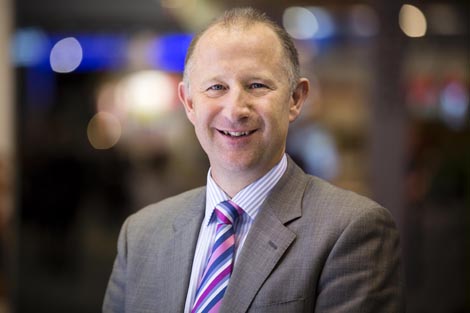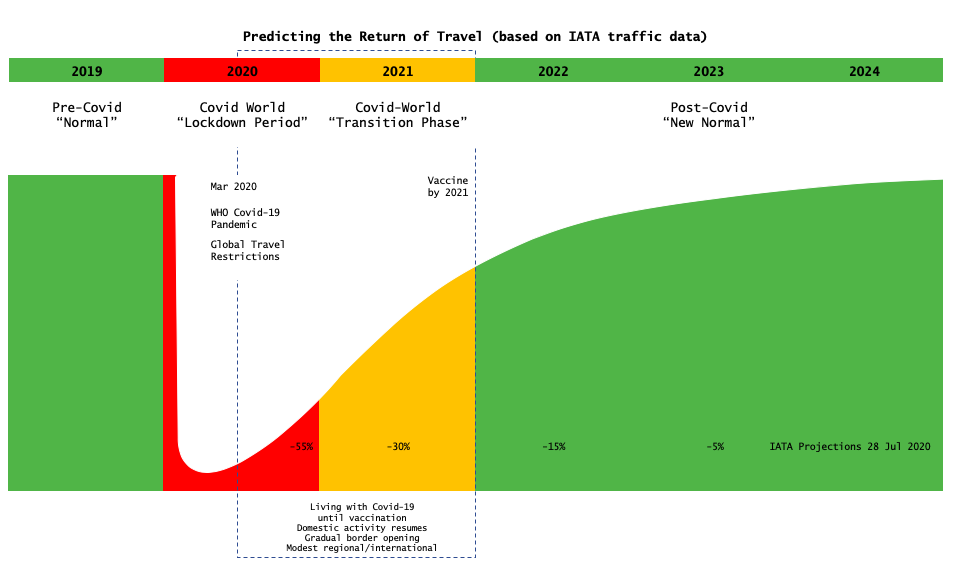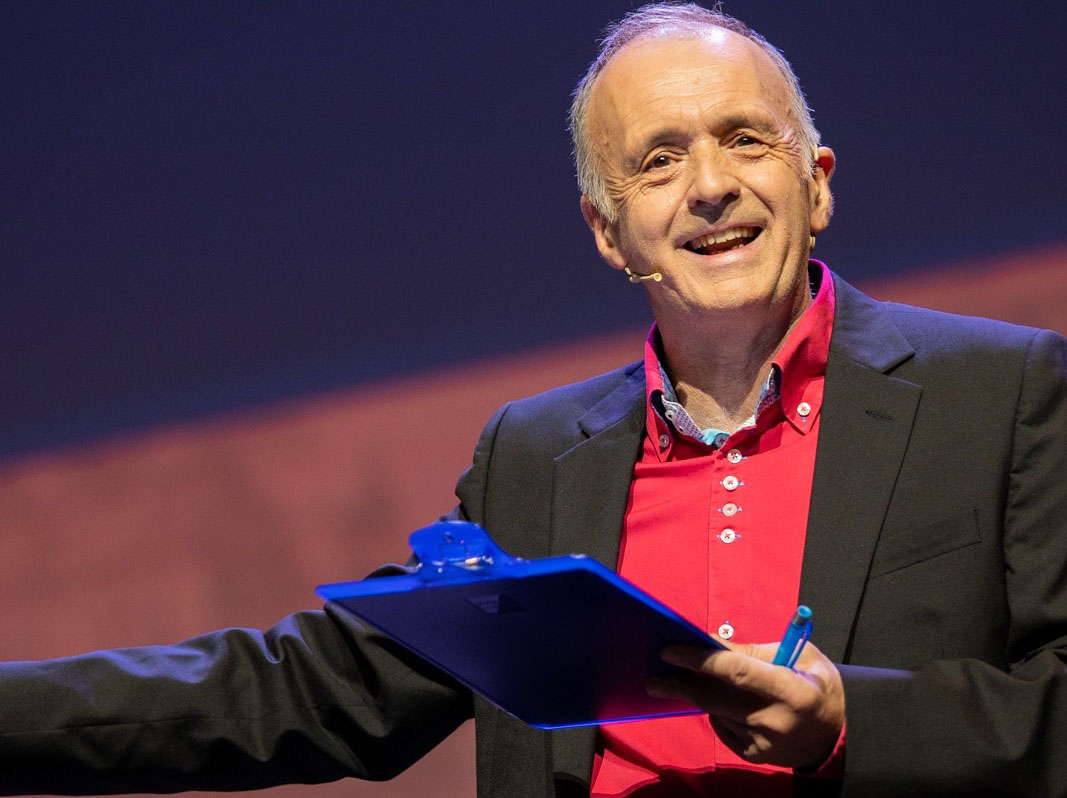
Together with a new name, ibtm world (formerly eibtm) is changing the way that exhibitors and buyers interact, allowing exhibitors more control over who they pitch business to. A recommendations programme is also being rolled out exclusively for corporate planners. MIX catches up with the show’s senior exhibition director, Graeme Barnett, to find out what else is new.
Will there be any changes to ibtm world that will stand out from previous shows?
We have made a couple of changes in a few important areas; such as the way that we match the appointments between hosted buyers and exhibitors.
We’ve created something called the ‘mutual-match’ appointment system, which gives exhibitors more control over who they get to meet at the exhibition. In the past, the appointment system has been very buyer-driven, and that is still the case in some respects, but we’re making it more controllable for exhibitors to state who they want to meet with. The system works well with smaller events where there are more one-to-one appointments.
Last year we introduced the Self Select tool, which gave exhibitors much more of a say in connecting with hosted buyers before the show so exhibitors that feel they are relevant to those buyers can reach out – this added another 20,000 to the number of appointments last year.
This year, there is a new pilot recommendations programme, which follows the Amazon model. We’ve asked corporate planners this year to identify the next three events that they are looking to source while they are at ibtm world, and then we can match their needs at a more granular level with exhibitor data that we have. From that, we can send those corporate meeting planners a series of recommended exhibitors that directly relate to the event that they specified, saving them time, and allowing us to do part of their job for them.
We’re also bringing all of the education down onto the exhibition floor, in something called the ‘Knowledge Village’. We’ve created four different lecture theatres on the exhibition floor, trying to implement the whole meetings design ethos with great content in a great environment. This should provide a much better environment for learning, minimising time travelling between floors and keeping people together.
Have you noticed any regions that have seen particular growth in this year’s show?
I wouldn’t say one region is particularly growing more than others, but we are starting to see destination marketing budgets coming back within Europe. There’s more demand from what we call the ‘sharer’: the private sector organisations that support the national convention bureau stands – the likes of the hotel chains, airlines, and DMCs. This demand then impacts on the convention bureaus who book the stand space themselves and are now asking for slightly bigger stands and some leading city destinations are coming off the convention stands and having their own, like London and Paris do, for instance.
Asia has been a growing region within the show for a while, and although I wouldn’t say we haven’t attracted any particularly new destinations, we are seeing demand for more space, driven by the private sector.
What are your impressions of the growth from developing markets such as China?
I was on the team that launched cibtm, or ibtm china as it is now back in 2006, and China was this massive market that you only need to get a very small share of and it would be worthwhile. Many people have been promoting to China, but have felt that it’s quite a long burner; business doesn’t necessarily come straight away. You get some huge incentives coming out of China, but in terms of numbers they’re not that large and can be quite niche. But it is a very unique and specific market, and can be difficult to understand, but those who do will stand a great chance of winning the business.
Is there any way that buyers who can’t get to ibtm world will be able to participate?
We are looking at web-streaming some of the education content, and so keeping an eye on the website can keep them up to date with those sessions.
How has the transition gone from eibtm to ibtm world? What was the motivation behind this?
As the portfolio has evolved, it was clear that there was a little bit of confusion around what every regional show was trying to do. We looked at the brand portfolio and tried to create a brand structure that was very clear, with consistent terminology and clear regional positioning of the show. With eibtm, the ‘e’ stood for Europe, but eibtm wasn’t a European show, it was a global show, so that was misleading. The branding that we have now reflects a clear brand strategy with ibtm as the lead branding, followed by the geographical region that it represents. It’s interesting how quickly people have taken the rebrand on, and generally speaking, the new name has gone down pretty well.


